As someone who flies a lot, I always read articles on the effects flying has on your body whenever I come across them. I know flying dehydrates you and sitting still for long can cause blood clots to form and so it’s important to move around a bit.
I also know that compression socks can help blood circulation, but as I mostly take short flights within Europe, I didn’t use to wear them.
That is, until my gynecologist said I better did.
You see, lots of women take The Pill and some, like me, take The Pill several months in a row to avoid menstruation. (Here is something else that can help you deal with your periods in a more comfortable way when traveling.) No problem, but apparently, that does heighten the risk of getting blood clots when flying a little bit and so she suggested that I’d start wearing compression socks for long flights.
So what did she consider long flights? When to put on compression socks for flying? Apparently, any flight that takes longer than three hours. So that does include flights around Europe, in my case.
Compression socks aren’t that expensive and so I immediately ordered a pair. I’ve been wearing them on longer flights ever since and have to admit that I do feel a bit more at ease now during long flights.
That’s why I decided to look into how compression socks work a bit more and share my findings with you.
Please note that I am not a doctor and that this is not medical advice. I’m solely sharing what I learned based on my own research and why I decided to start wearing compression socks.
Contents
- What are compression socks and why should you wear compression socks on a plane?
- Compression socks for travel benefits
- How to choose the right compression socks for travel
- The best compression socks for travel
- The best compression leggings, sleeves and thigh-high compression stockings
- Don’t forget to do this too
- Other uses of compression socks
- Pin for later
What are compression socks and why should you wear compression socks on a plane?
When sitting for prolonged periods of time, gravity pulls your blood down into your extremities, making it more challenging for that blood to effectively return to the heart for re-oxygenation. A pair of compression socks will help fight back on gravity’s pull to your bloodstream and make it easier for your blood to return up to your heart from your legs and feet.
They’re like support socks for your circulation system.
Compression socks are made of stretchy material, designed to hug tightly to your feet, ankles, legs, and even thighs. How much support they give, obviously depends on the height of the sock you purchase. I have knee-high compression socks.
The sock’s snug fit puts pressure on your leg muscles, veins, arteries and tissues to promote the traveling of blood back to your heart when you’re sitting still for a long times, like on long-haul flights, train or bus travel.
Compression socks are also known as “graduated” support socks because the pressure they apply, lessens from your foot upward to your knees (or thighs) to facilitate the way back up for your blood.
Some people need to start wearing graduated compression socks because of medical reasons, but you don’t need a prescription to buy them. In fact, you can just order them online or buy them in the store. I didn’t think of this, but if you travel a lot, you may want to check if your health insurance covers prescribed compression socks and then ask your doctor for a prescription.
What? You’re feeling healthy and aren’t taking any medication that can trigger blood clots, so why wear compression socks for flying? Here are a few good reasons.
Compression socks for travel benefits
1. Warmer Feet
Let’s face it – public transportation can get cold! Did you know that when your blood isn’t circulating effectively, your feet will become noticeably colder due to a lack of oxygen in your bloodstream? Compression socks will help your blood return to the heart for oxygen, keeping your feet (and whole body) warmer.
2. Less Leg Swelling
The pressure applied by compression socks improves the flow of a fluid known as lymph that can be found in the cells in your legs. When lymph is able to move more freely, your tissues experience a decrease in swelling.
3. Prevent Venous Blood from Pooling in the Legs
When sitting for long periods of time, blood can pool in the veins of both your lower legs and feet. The pooling of blood can cause a variety of different outcomes, including general leg swelling, achiness, fatigue and in rare case, a venous blood clot.
Compression socks help alleviate these risks by squeezing both your leg tissues and the walls of your leg veins, to facilitate the return of blood to your heart.
4. Prevent Blood Clots
In rare cases, signs of deep vein thrombosis (DVT) can occur and DVT can result in a blood clot. A DVT blood clot forms in the deep veins of the legs, torso or arms. The clots break off after they grow and traveling through the blood to your lungs, ultimately causing a pulmonary embolism.
The risk of blood clots increases with the amount of time spent flying or sitting still, especially for flights/trips longer than 7 hours. As the socks are the tightest at the ankles, becoming less constrictive as they reach the thighs, the constriction gives the leg arteries the pressure needed to maintain blood flow without clotting.
It’s important to note, these benefits are for those who’ve never experienced clots in the past. Consult with your doctor if you have a history with DVT. He can tell you if flying with DVT is safe for you and how to minimize the risks.
As you can see, there are plenty of benefits of compression stockings or socks, but which ones should you buy?
How to choose the right compression socks for travel
There are different types of compression stockings in terms of height, size, style, and the amount of pressure they put on your legs and feet.
1. How to choose compression socks – height types
- Calf compression sleeves only cover your calves, not your feet.
- Ankle compression socks are like sleeves, but only covering your ankle and the heel-part of your feet.
- Open toe compression socks are the same as ankle sleeves, but usually knee-high.
- Compression socks for travel, or regular compression socks, are like knee-high socks.
- Compression thigh-highs are, as they say, compression socks that go up to your thigh.
- Compression support hose are like pantyhose, but then with the compression feature, supporting from the feet all the way up. These also come as maternity compression stockings that you can pull over a pregnant belly.
- Compression leggings are compression tights, supporting from the ankle all the way up.
- Light compression: 8-15 mmHg
- Moderate compression: 15-20 mmHg
- Heavy compression: 20-30 mmHg
- Surgical compression: 30-40 mmHg
- Maximum compression: 40-50 mmHg
- Pregnant women
- People who stand all day at work (hairdressers, nurses, …)
- Diabetics
- Athletes in general, but especially runners, hikers and walkers
- People with varicose veins
- People with leg ulcers
- People who’ve just had surgery
- People who can’t leave their beds
Now, most of these variations are meant for medical purposes. For travel, the regular compression socks are used most and offer the best support.
2. How to choose compression socks – size
“Can compression socks hurt you?”, you may wonder, as they’re supposed to be a little tight.
Well, you just need to make sure you buy the right size. I have slightly bigger calves than I’d say is average for my size and I’m fine with standard pair. The socks should fit tightly, but not uncomfortably tight.
3. How to choose compression socks – style
Compression socks come in different materials and not all materials can offer the same amount of pressure (see below).
In general, the thicker and more opaque the fabric, the more compression it can offer.
There are (mostly) cotton compression socks, woolen compression socks, high-tech material compression socks but also thin and light compression socks that have a more elegant look, but usually only offer light support. They also tend to be less durable.
Moist-wicking, super high-tech stuff isn’t necessary for travel, but you might want to look for socks made of a breathable fabric – especially if you easily get sweaty feet.
4. How to choose compression socks – pressure
Compression socks come in different levels of pressure:
“MmHg” stands for “millimeters of Mercury”. It’s the same unit of measurement as is used to measure blood pressure. Compression socks for air travel or long train travel ideally offer a moderate level of compression.
5. How to put on compression socks the right way
Compression socks should fit nicely against your skin without falling off. Don’t pull them higher than they’re meant to go (for example, don’t pull knee-high socks over your knees) and don’t roll them up either, because that will create extra pressure at the points where they’re rolled together. The same goes for folding the top down.
I bought my compression socks from a Belgian online store, but did some research for you to find socks that come highly recommended by other people and aren’t hideous either – always a plus :-)
The best compression socks for travel
1. The best regular compression socks for men and women
When compiling this list, I first wanted to make a section for the best compression socks for men and one for the best compression socks for women, but most socks come in all adult sizes, so I decided to just list the top picks.
I made a separate section specifically for plus-size compressions socks for flying below.
2. The best plus-size compression socks
The best compression leggings, sleeves and thigh-high compression stockings
If you want the benefit of compression socks for your legs but prefer not to have something tight around your feet, compression leggings might be a solution. These can get quite warm though, if you wear them underneath something.
Another option is to get a calf compression sleeve. Compression sleeves can be worn around your leg like, well, basically, a big leg warmer :-)
And if you want to go full-out, than thigh-high compression socks are the answer. But as said, these three last variations of the compression sock are usually used for medical purposes. For travel, compression socks are the most common choice.
Don’t forget to do this too
While graduated compression stockings and socks will help prevent blood clots and make you feel more comfortable on long travel days, there are a few more things you can do to keep your legs and feet happy on plane and train.
1. Do exercises to prevent blood clot
I think most people know that it’s important to move around a bit during long-haul flights, but that a lot of people also find it awkward to walk up and down the aisle or do some stretching exercises where everyone can see them.
If this is the case, just keep in mind you’re probably never going to see any of these people again. They might actually feel exactly the same way and seeing you move a bit, might make them more comfortable to do the same.
Anyway, how should you move? Try these airplane exercises to prevent blood clots.
DVT prevention exercises you can do in your seat
Ankle circles
Lift your feet from the ground, point your toes and make circles with them, using your ankle. Make sure to go both clockwise and counterclockwise.
Knee-to-chest
Fold your hands, fingers entwined, right below your knee. Bent forward a bit and lift your knee up to your chest. Hold this position for 15 seconds, then slowly lower your knee again. Repeat a few times before doing the same with your other leg.
Knee lifts
Now use your leg muscles to lift one leg up, then the other while sitting up straight. Do this 20-30 times on each side.
Toe-and-heel lifts
Put your feet flat on the ground next to each other, slightly apart. First lift your toes up high, leaving your heel on the ground. Then place your those back down and lift your heels up high. Repeat a few times.
Toe curls
Curl your toes as if your trying to grab something with them. Release and repeat a few times.
Hip presses
Put something (a blanket, a bag, something that won’t break or spill) in between your knees and squeeze them tightly together, applying pressure on the object. Release and repeat a few times.
DVT prevention exercises to do standing up
Walk up and down the aisle
Self-explanatory :-)
Marching movement
Stand in the aisle and, if necessary, hold on to a seat. Lift one leg up as high as you can while bending your knee. Do the same on the other side and repeat a few times.
Calf raises
Stand up straight and rise to stand on your toes as high as you can. Lower, then rise again. Repeat this a few times. It’ll give you nice calves too :-D
Forward bend
Stand with your feet hip-width apart. Bend your upper body downward while keeping your knees tightly bend as well – we’re not doing a full leg stretch here. Go as low as you can without going into a squat or anything like that. Make sure to roll back up slowly, vertebrae by vertebrae, to create some nice back movement and to avoid getting dizzy.
This one might be a bit more difficult to do. If you don’t have great balance, try doing it by bending forward while sitting down.
Quadriceps stretch
Stand straight. Bend one knee so that the foot of that leg moves backward and up toward your butt. Hold it there with your hand and pull it closer to your butt. Hold for at least 15 seconds and repeat on the other side.
2. Wear comfortable trousers
While the tightness of compression socks helps your blood circulation, skinny jeans or another type of non-stretch pants probably won’t. That’s because they’re likely to simply cut off your bloodstream instead of applying pressure at the right points.
There are plenty of options for more comfortable, loose-fitting trousers you can wear on your long-haul flight, even if you still want to look nice.
3. Take off those shoes
Unless they’re so smelly they’ll make your neighbor pass out, take off your shoes. You’ll feet get less warm and thus will swell less, and you’ll also be able to wiggle your toes more easily, again improving blood circulation.
If you don’t feel comfortable taking off your shoes on a plane, make sure you wear comfortable ones. You can also untie your laces and loosen them up a bit while still keeping them on.
4. Drink water and reduce caffeine and alcohol intake
Planes especially are dry-air places. Blood vessels narrow and blood gets thicker when you get dehydrated, so it’s important to drink enough when you’re flying long distances. Bring your own refillable water bottle so that you’re not stuck with those tiny airplane cups and can have a sip whenever you like.
You might also want to skip dehydrating drinks (yes, there is such a thing) such as alcohol and coffee.
Other uses of compression socks
Compression socks are not only helpful for travel. People who need to stand up for hours at an end for work wear them as well and so do people with medical conditions that require them to stimulate their blood circulation. Even those who participate in strenuous exercise where swelling and achiness can occur, benefit from wearing compression socks. A few examples:
And that’s it!
Tell me: do you wear compression socks for travel? If you don’t, will you get some?
Pin for later
This post contains affiliate links. If you buy something through these links, I earn a small commission at no extra cost to you.

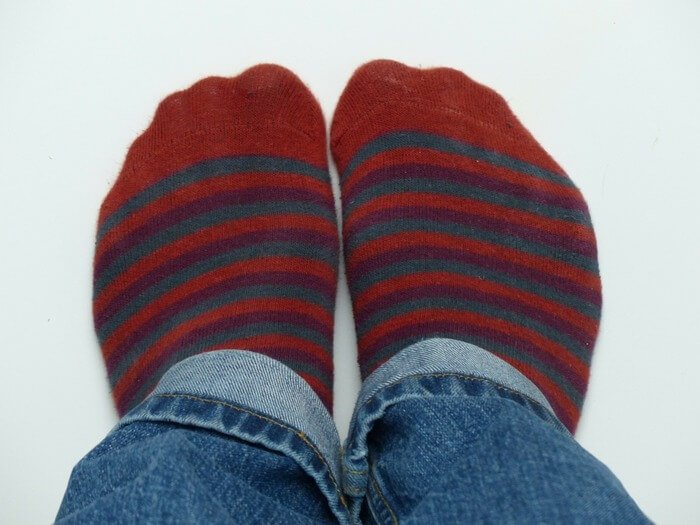
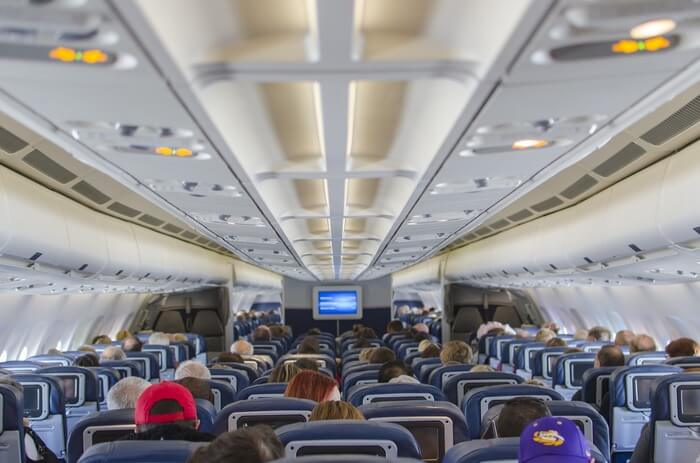
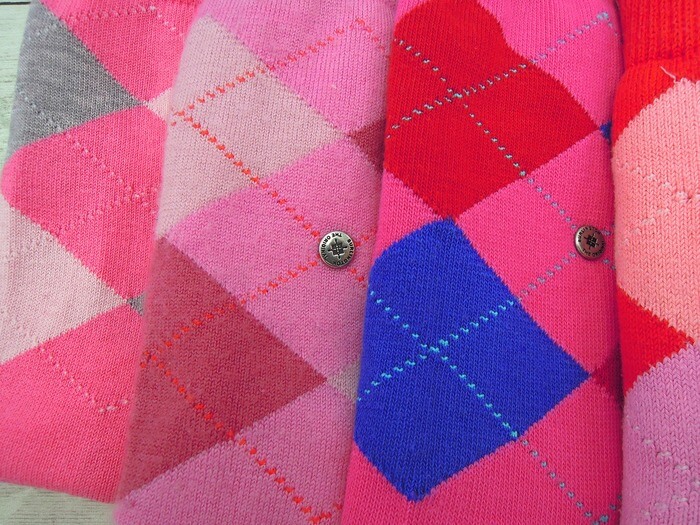






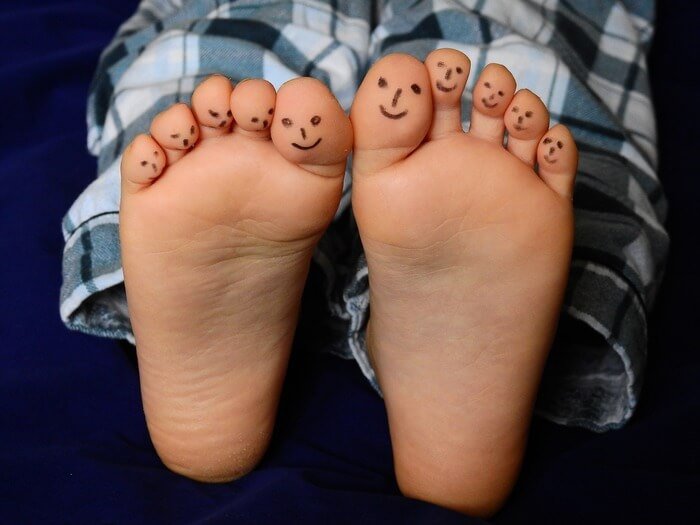
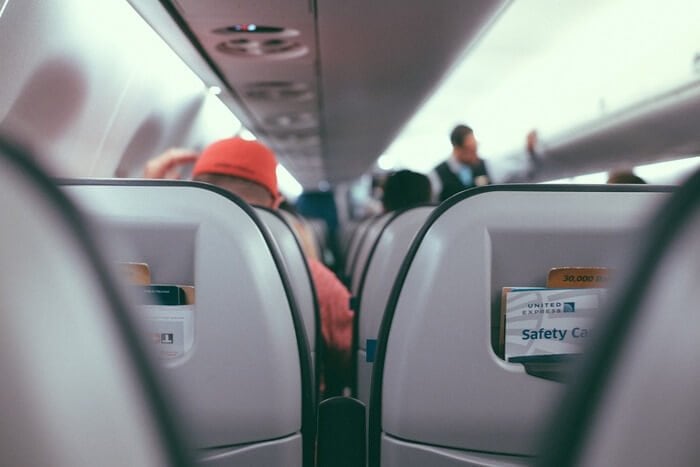


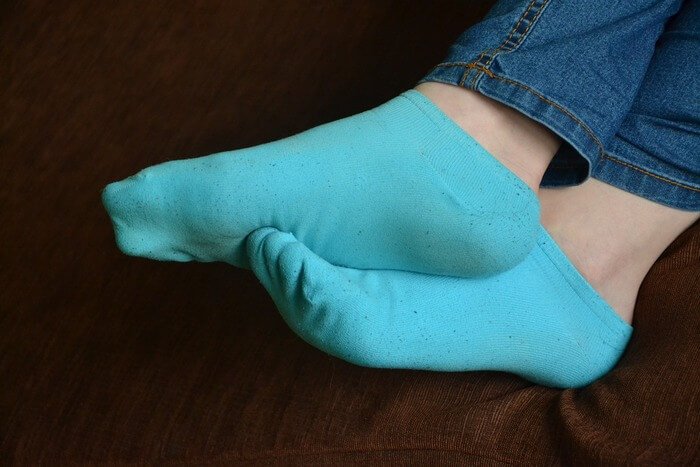
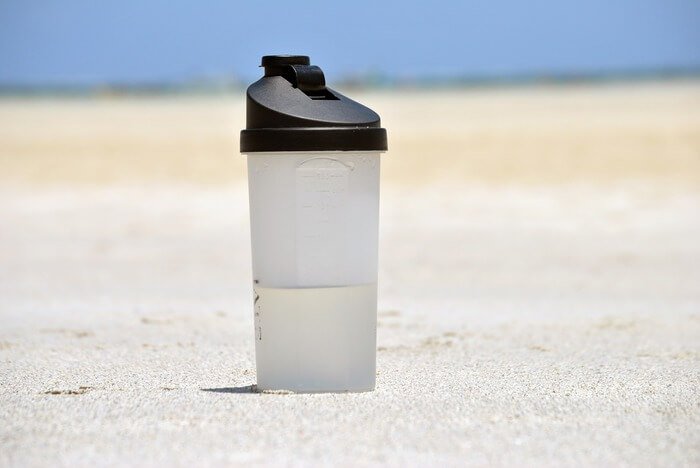
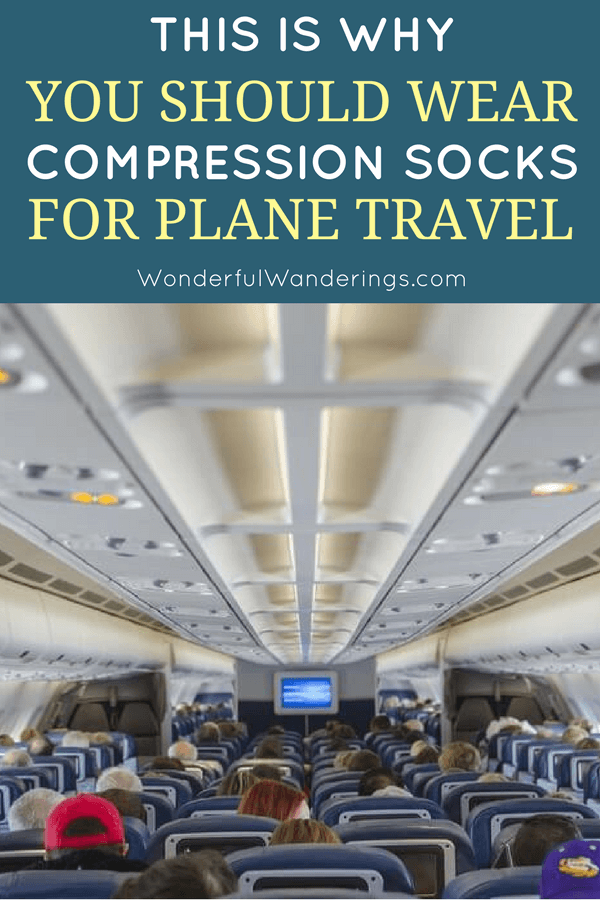
Sharon says
I have compression socks for hiking (and running). Never thought about wearing them on the plane but a really good idea. Will do that on my next long flights!
Sofie says
Cool!
Carol says
Thank you, I wear them and will continue to do so. ☺️
Sofie says
Awesome!
Joan says
Can you wear travel socks all day
Sofie says
Sure! Nurses wear them all day, for example.
Val. says
Can you wear opaque tights under travel socks or do the socks have to be on skin?
Sofie says
It’s the pressure that matters but as the socks are tight, I don’t think it would be very comfortable wearing another layer underneath them. Doing so might also give you blisters.
Liz says
I just had surgery on ankle broke in to places. 8 weeks after i have a flight to Florida from California. What ones do i pick???
Sofie says
Hey Liz,
This is something you should check with your doctor. I’m not a doctor.
Philomena Stewart says
I have a bad area behind my right leg upper thigh/calf area with spider veins that constantly ache/hurt.I will be going on a long overnight flight in 2 months changing to 3 planes to & back home.I cannot afford surgery right now so thinking I will buy compression leggings to help with the flights in the time being.
Sofie says
Those might help but the best way to be sure is to ask a doctor :)
Nicola says
Hi there. I read somewhere online that if you have any skin/leg inflammation or irritation, then its advisable to talk to a doctor or pharmacist.
I think its mainly because Shop Bought ones could prove very uncomfortable. But I guess they may also have contra-indications.
Sofie says
I think it’s always a good idea to check with your doctor if you have pre-existing conditions.
JL says
What brand are the cute stripey pair in the first picture?
Sofie says
Hey JL,
No idea, to be honest. It’s a stock photo as I myself only have one pair I just wash each time before a trip :D
Rick says
I don’t understand the different pressure they labeled stocks with so I don’t know how to or who to go to to find out what strength I need.
obviously they need to be fit perfectly for me otherwise is to tight then it could possibly cause a clot and it was too loose then it would have no benefit at all so what’s the solution. Thank you
Sofie says
Hey Rick,
The ones I have are just basic travel ones for normal-sized calves.
I think if you want to know very specifically what the best fit for you is, you’re best to ask a doctor or a specialist.
Nicola says
Hello, I’m so glad I found this article/advice. I am booked for short haul to SPAIN this year, but I’m more overweight than the last time I flew ! Hoping no delays its meant to be up to 3 HOURS. But I wanted something to wear just incase of any delays whilst actually in the air !
I’ve seen some more expensive Moderate socks from ATOM and ELLE but I’m wondering if Nurse Socks of Compression 10 would be suitable … as in the past I’ve been unable to get anything over ’20’ to go past my ankle coz they’re too tight !!!
Also, the EXERCISE TIPS are very helpful.
Many thanks. Good advice without the “waffle” that some articles have !
Sofie says
Glad you liked the article, Nicola!
I hope you have a wonderful time in Spain.
Beverly says
I wear knee high compression socks for all my flights. Love them, I also wear them when we are we doing alot of walking on a tour, my legs don’t get tired.
Sofie says
Oh I hadn’t thought of wearing them on long walking days. Great tip, thank you!
Jennie says
I use my azengear compression socks for air travel and I can definitely say they work great!
Sofie says
Awesome!